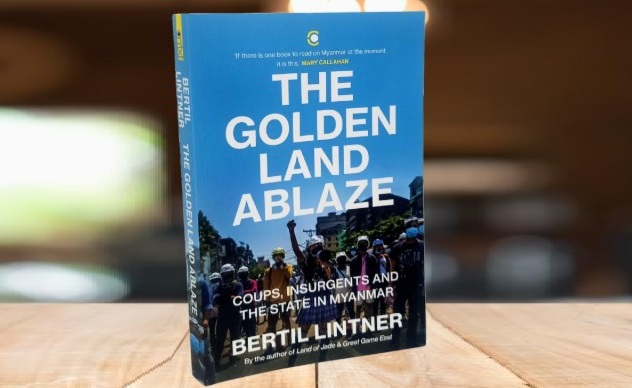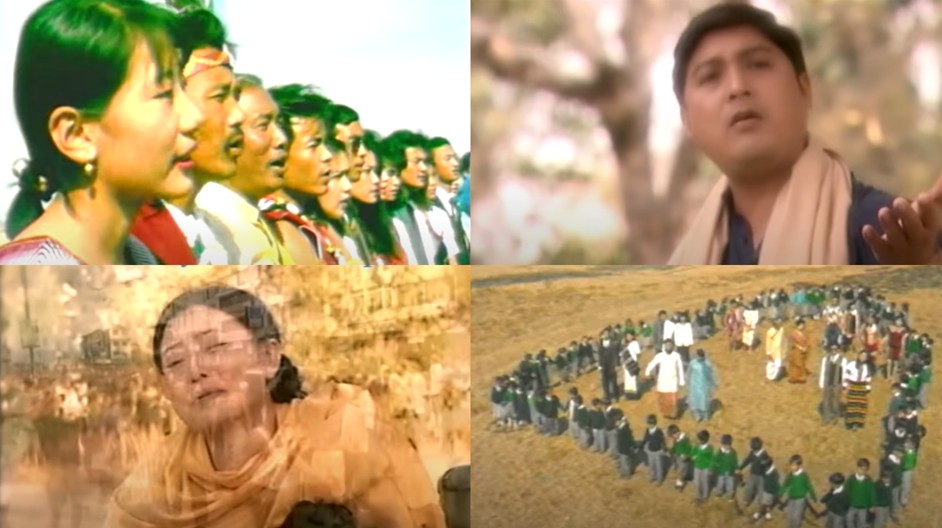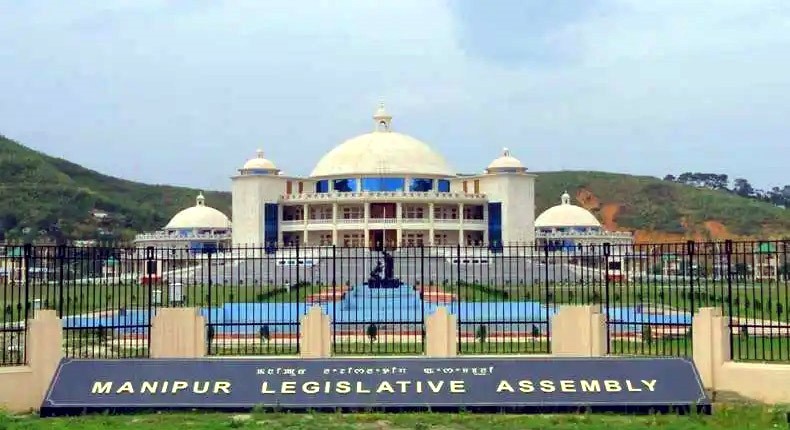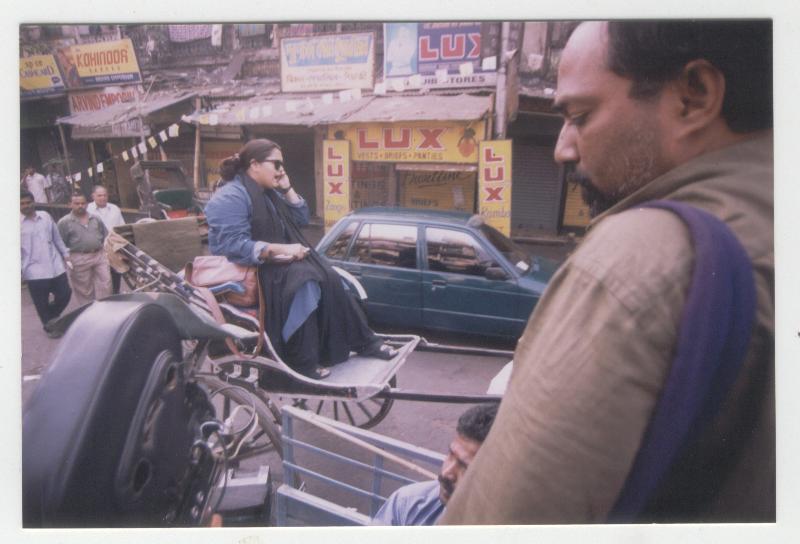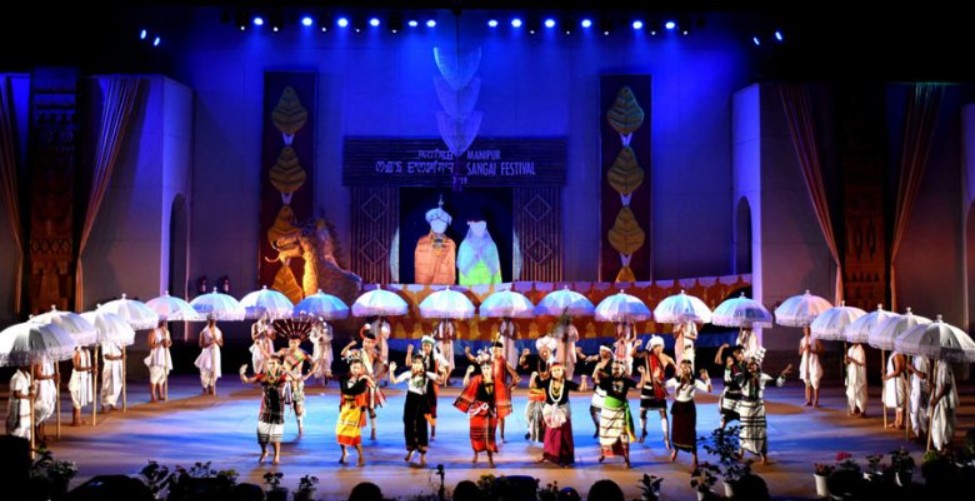Twenty-five months after a violent ethnic conflict between Meiteis and Kuki-Zo group of tribes broke out, and four months into Presidents Rule, warring guns have become more or less silent in Manipur. There is a sigh of relief everywhere yet none is fooled to believe this is peace. If at all, this can at best be the proverbial peace of the graveyard.
There is little to be surprised about this. The inferno that raged in the state for two years was unprecedented and bloody, claiming over 260 lives and displacing an estimated 60,000 people. There have also been a matching scale of losses of homesteads and properties to arson attacks, and worse still, the two sides have mutually ethnic cleansed each other from their traditional home grounds. The Meiteis primarily are in the Imphal valley and the Kukis-Zo in the foothills adjoining the valley. In the higher reaches of the mountains are the Nagas.
Probably fatigue, and also a realisation of the senselessness of continued hostility, are ensuring this semblance of calm. But for this ‘negative peace’, as Johan Galtung called it, to transform into ‘positive peace’, a reconciliatory process is vital. There can be no gainsaying that horrific atrocities have happened, but in paving a path to reconciliation, both warring sides must first overcome their victimhood syndrome and have the courage to acknowledge they have been both victims as well as perpetrators depending on the locations of riots. Casualty figures bear testimony to this.
From day one of the conflict, social media has had a key role in inciting, and even igniting, inflammatory passions. If not for it, in all likelihood, the trouble could have been arrested at Torbung area itself where arson rampages first broke out on the afternoon of May 3, 2023. Terabytes after terabytes of misinformation and disinformation have flooded social media space ever since, making the overall atmosphere corrosive and toxic.
Then suddenly a “terrible beauty” happened to temporarily cleanse Manipur’s social media spaces of this toxicity. In a devastating tragedy, early on June 12 morning, a London-bound Air India Boeing 787-8 Dreamliner crashed not long after take-off from Ahmadabad airport. Among the cabin crew were two flight attendants from Manipur, one a Kuki, Lamnunthem Singson, 26, and the other a Meitei, Kongbrailatpam Nganthoi Sharma, 20.
From all the video clips which have surfaced ever since, Lamnunthem impresses as quiet and graceful. She is the daughter of a widowed mother, and before the conflict, lived in their home at Old Lambulane in the heart of Imphal city, but had to flee to Kuki-dominated Kangpokpi town 45 km from Imphal where the family how lives in a rented accommodation. The younger girl, Nganthoi, exudes childlike naughtiness, and an easy, amiable, charming smile. She is from Thoubal, a township 23 km from Imphal.
The shock at the news of the tragic death of the two girls created a tidal wave of empathy in Manipur that breached the ethnic divide. Reciprocally, the routine slanging matches on social media spaces between the warring communities also faded considerably, to be replaced by dam bursts of prayers and condolences. Many had believed that in the enormity of the public grief over their death, the two girls would purge and redeem Manipur to pave a path to a reconciliatory process.
In Imphal the public mood was of receiving the two bodies with honour at the airport. Civil society organisations appealed to the public to turn up in large numbers to make this happen, and the government too had assured full security for Lamnunthem and escorts in their passage through Imphal valley. A hearsay doing the rounds at the time was that Lamnunthem’s mother wished for her daughter’s body to be first taken to their abandoned Imphal home and from there brought to Kangpokpi for burial. The public mood too was to have this supposed motherly wish fulfilled.
Sadly, plans changed. The announcement came on certain digital media outlets, that Lamnunthem’s body would be brought via Dimapur airport in Nagaland, 200 km away from Kangpokpi and not via Imphal airport. The explanation for this came not from her immediate family, but from certain relatives in Kangpokpi, who said with a hint of condescension that they were not interested in fanfare, and that Imphal was still not safe for Kuki-Zo tribes.
Disappointment was the dominant emotion but there were also some angry allegations that even death was being politicised thus. However, this was not pushed too far and the matter was allowed to rest without further ado. Lamnunthem’s body which was DNA-matched and identified on June 17, was routed through Dimapur airport and eventually given an honourable public Christian burial in Kangpokpi. Almost a week later, Nganthoi body too was DNA-matched and flown back to Imphal airport and from there taken to her hometown in Thoubal to be given the last rites as per the faith of her family and cremated.
It is amazing that the tragic death of the two girls brought a conflict-ridden Manipur on the edge of what John Paul Lederach called “the moral imagination” in his book by the same title. This is, among others, the ability of humans to see their own griefs and losses as also the destiny of their adversaries, and in the identification of their common sufferings, find mutual redemption.
This generosity of spirit obviously would not come easily midst bloody conflicts but for peace to prevail, there will have to be some with the courage to swim against the tides of hatred and vengeance to discover what Steven Pinker has called the better angels of our nature. If hatred begets hatred to complete a vicious cycle, the faith is that love also will ultimately be reciprocated with love in a virtuous circle.
Lamnunthem and Nganthoi, virtually unknown to the larger public while alive, will surely be remembered for a long time for revealing the possibility of empathy bondage even amongst warring groups. If the flitting moral imagination they evoked had fructified to pave the way for the return of peace between their communities, their memory probably would have been immortalised. This unfortunately was not allowed to be. But then, maybe the empathy window they provided a glimpse of, is only a seed waiting to germinate into another moral world at another time.
The article was first published in The New India Express. The original can be read HERE






